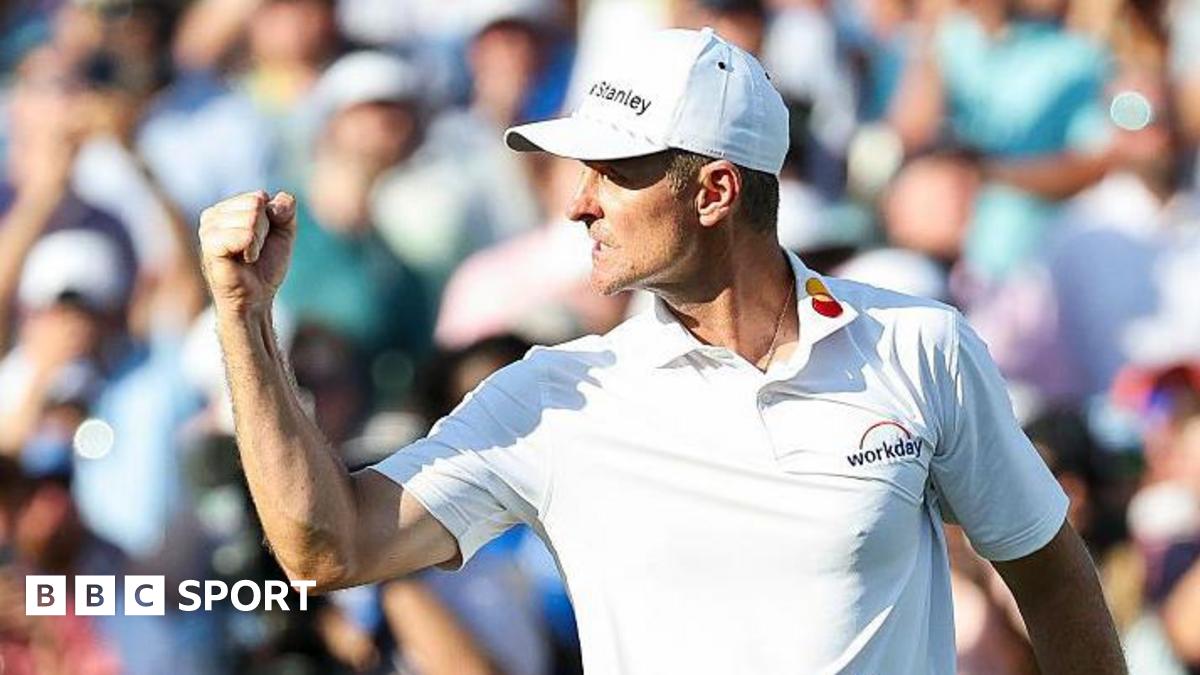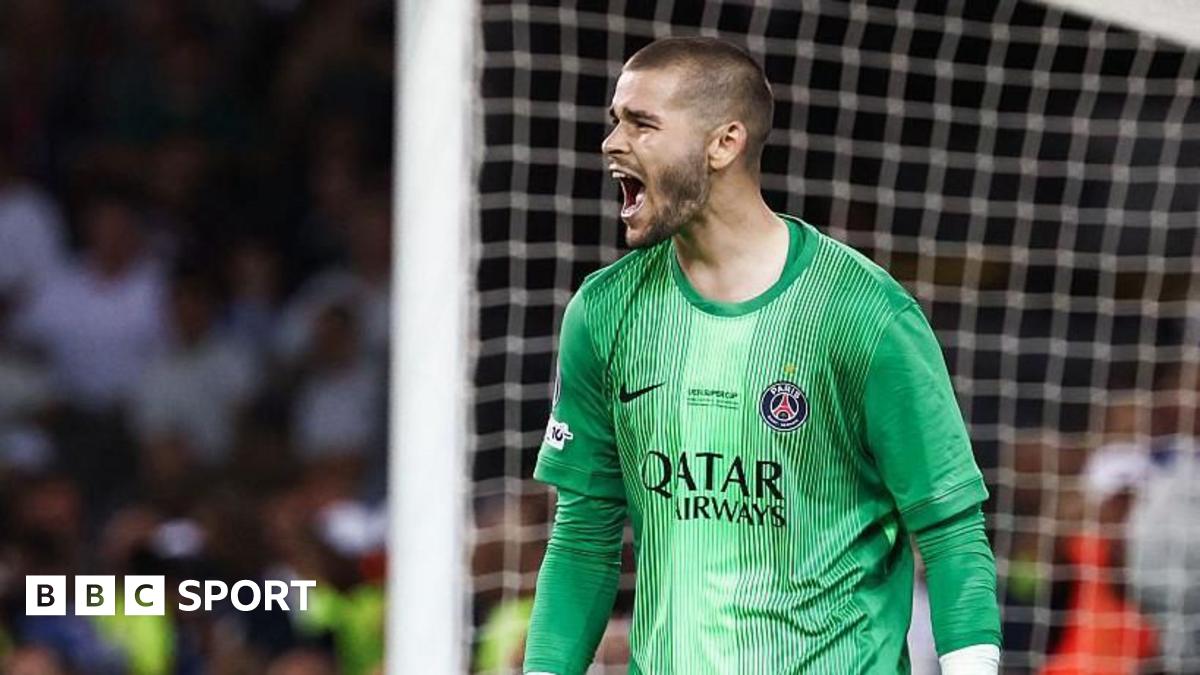A man in his early 20s has received the world's first sperm-making stem cell transplant in a new procedure that could be groundbreaking for infertility treatment.
Until now, the procedure had only been tested in animals. But it successfully allowed male mice and monkeys to father offspring.
The patient was diagnosed with azoospermia, a condition that causes no sperm to be present in his ejaculate and makes it impossible to naturally conceive a child, after receiving chemotherapy as a child to treat bone cancer
But men can develop azoospermia for a number of reasons, including hormonal dysfunction, a blockage along the reproductive tract and certain genetic conditions.
In the US, azoospermia affects roughly 645,000 men between the ages of 20 to 50.
For this clinical trial, doctors implanted the man's own stem cells — which were harvested and frozen during his childhood before he underwent chemotherapy — into his reproductive system.
Stem cells are capable of developing into many different types of cells in the body.
In this case, the doctors used sperm-forming stem cells, which are present in the testicles at birth and later mature into sperm cells during puberty. If the transplant succeeds, the patient should begin producing sperm.
A man in his early 20s has received the world's first sperm-making stem cell transplant, and this new procedure could be groundbreaking for infertility treatment
No sperm cells have been detected in his semen yet, but ultrasounds confirmed his hormone levels and the procedure did not damage the man's testicular tissue.
Going forward, the doctors will analyze a sample of his semen twice a year to see if it contains sperm cells.
'If refined and proven safe, spermatogonial stem cell (SSC) transplantation could be a revolutionary fertility-restoring technique for men who've lost the ability to produce sperm,' Dr Justin Houman, an assistant professor of urology at Cedars-Sinai Medical Center who was not involved in the study, told Live Science.
This treatment may prove especially beneficial for other cancer patients who received chemotherapy before puberty, and thus developed azoospermia, or men with 'genetic or acquired testicular failure,' he added.
The historic procedure is detailed in a paper published on the preprint server medRxiv, which features research that is still undergoing review.
Young men at risk of developing azoospermia can choose to harvest and preserve their sperm-forming stem cells for future use.
If they are diagnosed with the condition after reaching sexual maturity, doctors can then return these stem cells to where they came from: the rete testis.
The rete testis are small tubes helps move sperm cells from the testicles to the epididymis: a narrow, tightly-coiled tube that is attached to each of the testicles.
This treatment may prove especially beneficial other cancer patients who received chemotherapy before therapy, and thus developed azoospermia, or men with genetic or acquired testicular failure (STOCK)
This is done using an ultrasound-guided needle. In theory, once the stem cells are implanted, they can mature and begin producing sperm — essentially giving the patient a second chance at puberty.
However, researchers noted that there is a chance that the patient who participated in this clinical trial may never recover his fertility.
They said one reason for this could be that only a small amount of stem cells were harvested from the patient during his childhood to avoid damaging his reproductive tissues.
Therefore, it's possible that any sperm production resulting from the transplant may be limited, if it occurs at all.
If the patient never begins producing a sufficient amount of sperm cells, he will still have other options for fathering a child.
Through surgery, doctors could try to recover any sperm cells he does produce and use them for in vitro fertilization (IVF), which involves growing an embryo in a lab with sperm and stem cells that have been harvested from each parent.
But there are other risks too, especially for patients with azoospermia who have also been diagnosed with cancer.
For these patients, some of the transplanted stem cells could have cancer-causing genetic mutations that could eventually develop into new tumors, Houman told LiveScience.
What's more, there's also a 'theoretical risk' that the transplant could trigger a dangerous inflammatory response from the patient, even though it uses their own cells, he said.
'We need to proceed cautiously, and with rigorous oversight,' he said. 'This is promising science — but it's still early days.'
 (1).png)
 4 months ago
30
4 months ago
30

















